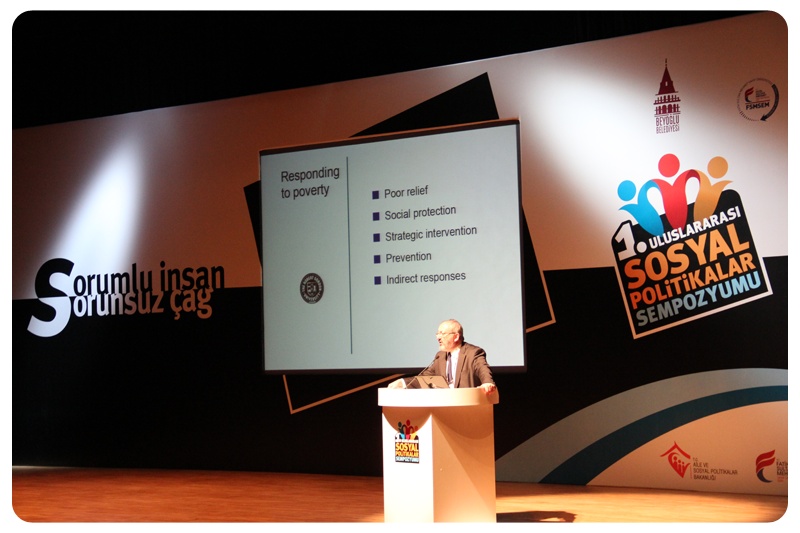The trend is clear in much of Europe: young people are much more vulnerable to exclusion from the labour market than older people, and as economies have faltered the differential is growing. The response has often been interpreted in terms of ‘activation’, emphasising the preparation of unemployed people, and at a discussion I was at yesterday, considerable emphasis was put on employability. But employability is not the problem. The preparation of young people for the labour market is not worse than it was ten years ago; in many places it is better. The fundamental problem is that there are not enough jobs. No amount of preparation is going to change that.
Changing young people is not the way; we have to change the job market, or employers, or the economy. There are arguments for all of those, but I’d argue that the core problem rests in the job market. Entry-level jobs are limited; middle-grade opportunities, that make it possible for people to develop their experience and opportunities, are disappearing. This is not going to improve spontaneously; it implies that governments have to act to develop jobs for people to do. That implies some expense, but as Keynes argued, long ago, it is better to waste some money doing something useful than to waste a lot doing nothing.
